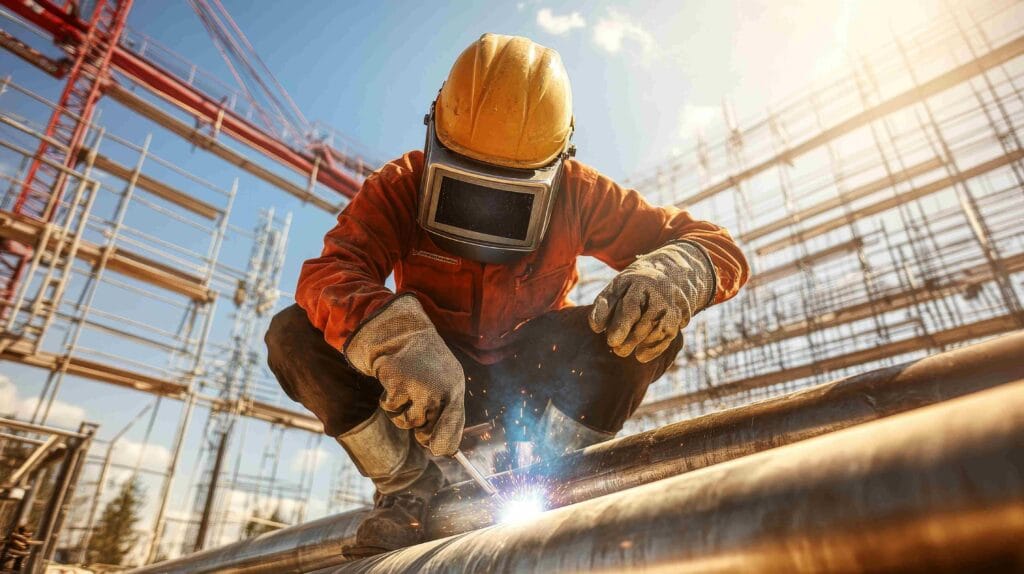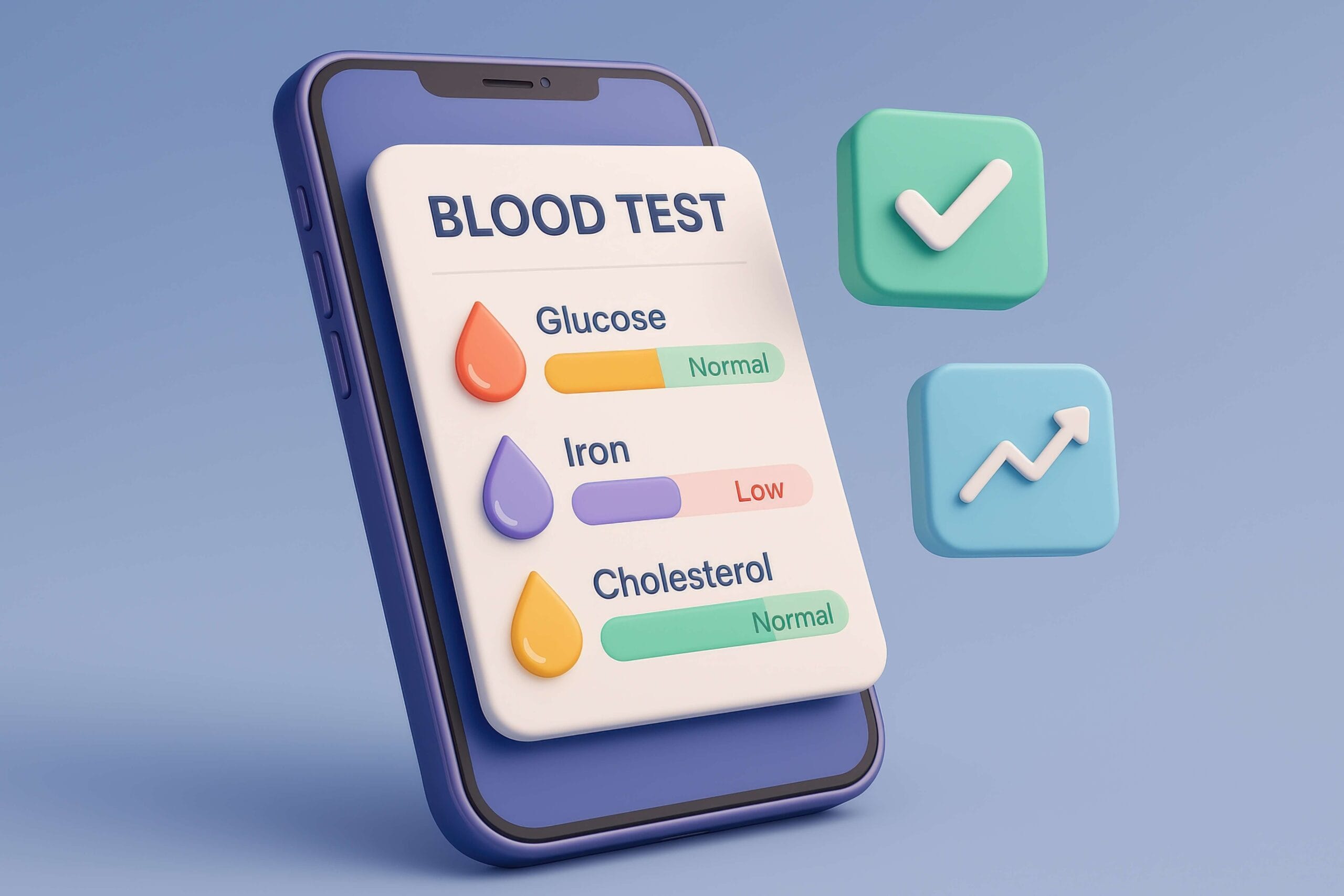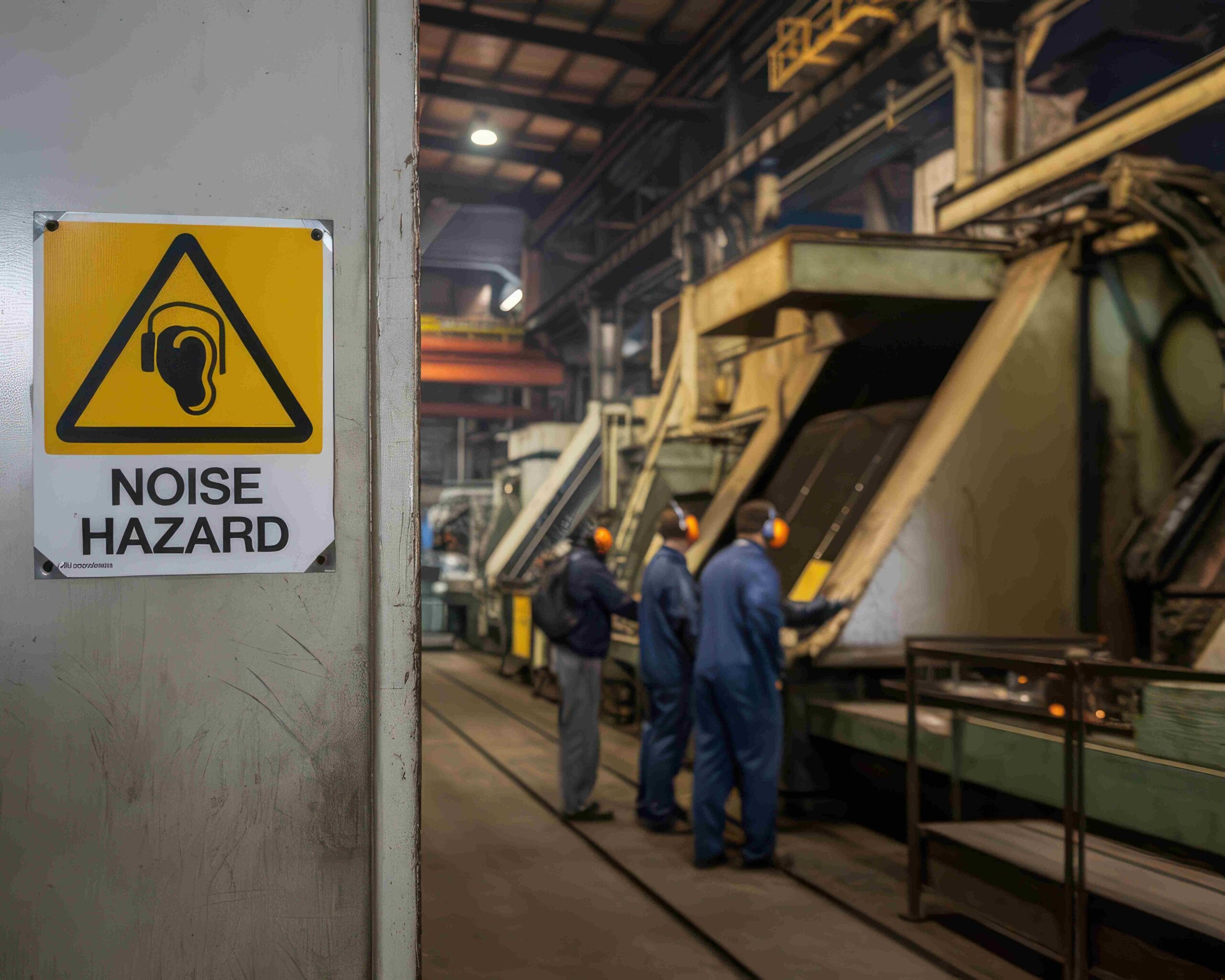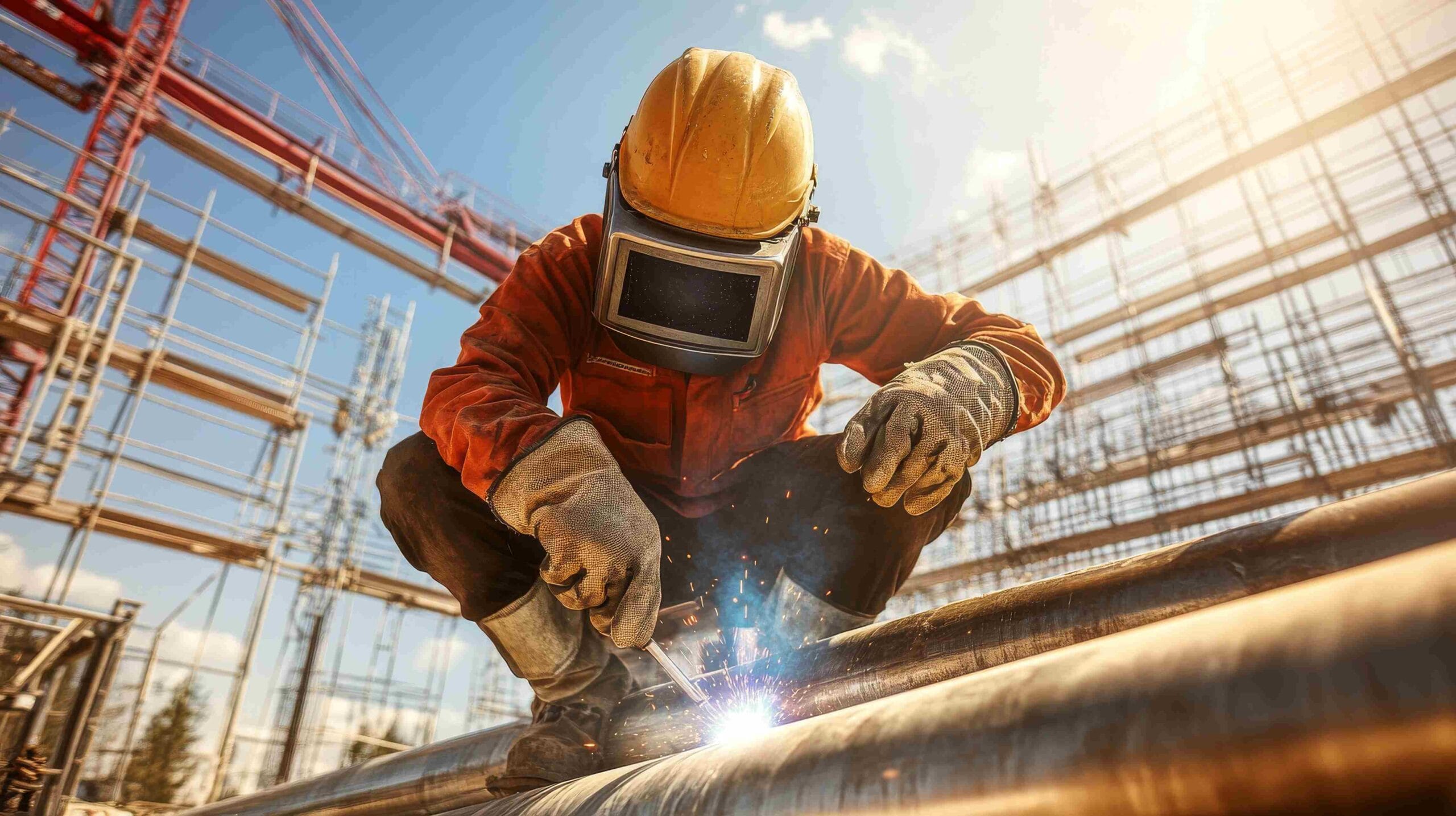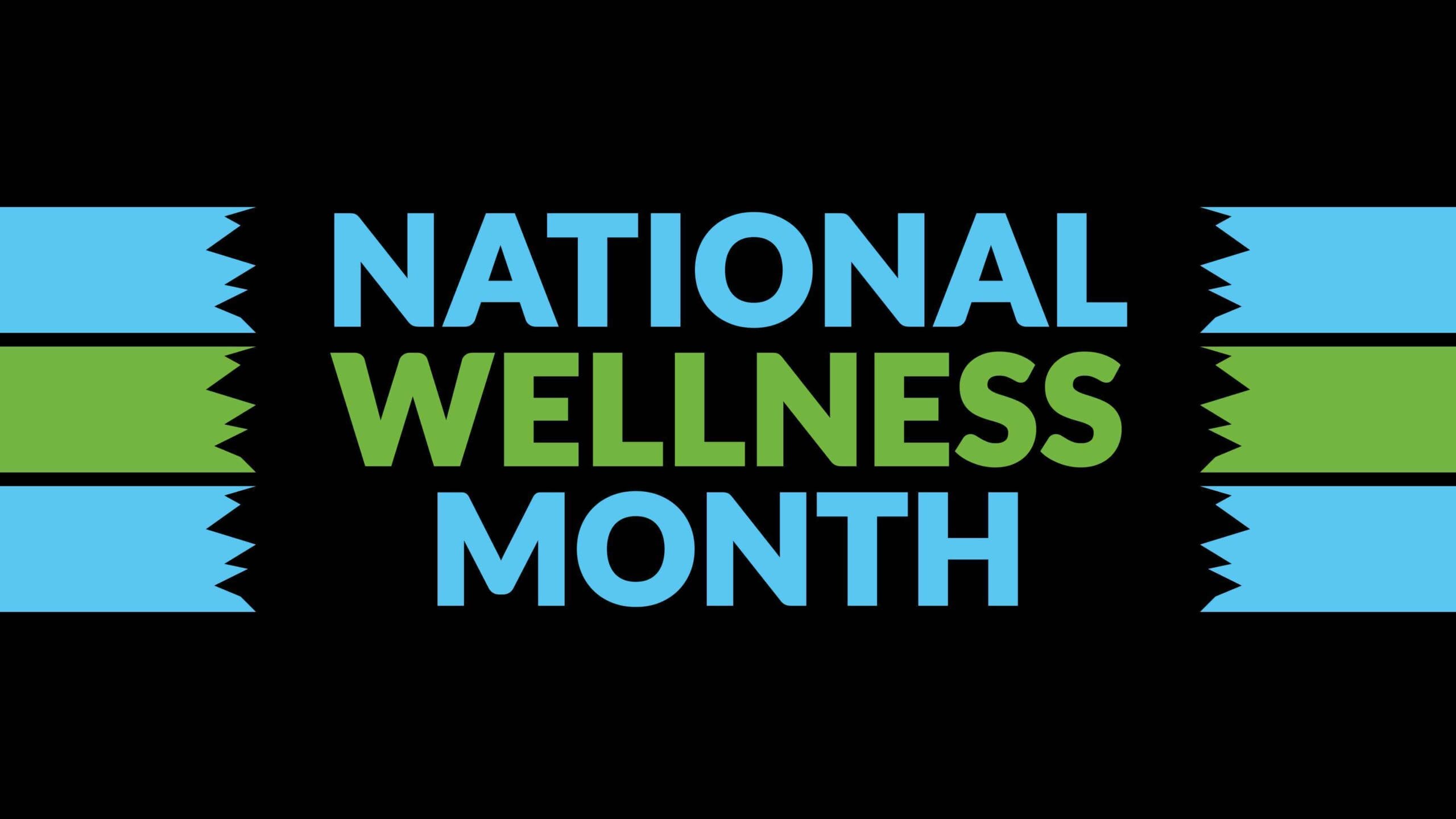Process Safety and Risk Assessment Matter
Process Safety Management (PSM) and Risk Assessment are essential for preventing major industrial incidents and ensuring safe and efficient operations, especially in workplace dealing with hazardous materials or complex process. Every year, UK businesses face heavy costs, this is not only financially, but in human lives as well, because of poor safety management. Fires in warehouses, chemical spills in labs, falls on construction sites, even repetitive strain injuries in offices: each incident is a reminder that safety should never be optional.
At the very bottom of preventing such incidents are two essential practices: risk assessment and process safety management. When together, they protect your people, keep your business compliant with Health and Safety Executive law, and ensure operations run smoothly without unnecessary disruptions.
In this complete guide, we will break down what process safety is, how risk assessments work, the five steps you must follow under HSE guidance, and why industries from healthcare to construction rely on these practices. We will also show how Healthscreen UK supports organisations in carrying out effective, legally compliant risk assessments tailored to their workplace needs.
What is Process Safety in the Workplace?
When you think of workplace safety, you imagine slips, trips, or falls. But process safety is different, it focuses on major hazards linked to processes, equipment, or hazardous substances.
According to the HSE, process safety aims to prevent catastrophic events such as fires, explosions, or toxic releases that could harm workers, communities, and the environment. Unlike personal safety (which deals with everyday risks), process safety is about managing the “big risks” that could cause large-scale damage if left unchecked.
Examples of Process Safety Hazards
- A chemical reaction vessel overheating and releasing toxic vapours.
- Flammable gas leaks in a refinery.
- Boiler explosions in manufacturing plants.
- Dust build-up leading to fires in food processing facilities.
To explain this in easy words; process safety is the backbone of industries where hazardous substances and high-energy systems are involved. Without it, one mistake could cause big accident.
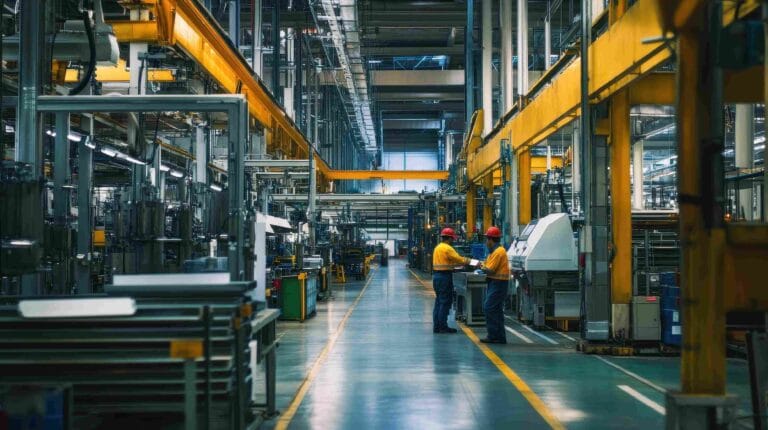
What is a Risk Assessment?
A risk assessment is the structured process of identifying potential hazards, analysing the level of risk, and putting controls in place to prevent harm.
The Management of Health and Safety at Work Regulations 1999 requires every employer in the UK to carry out “suitable and sufficient” risk assessments for activities that pose danger to staff or others.
Think of risk assessment as your safety map: it highlights where things could go wrong and shows you how to stop them before they do.
The 5 Steps of a Risk Assessment (HSE Guidance)
The HSE sets out a clear five-step approach:
- Identify hazards – Anything with potential to cause harm (machinery, chemicals, working at height, even stress).
- Assess the risks – Identify who could be at risk, employees, contractors, visitors, or the public.
- Control the risks – Consider the probability and severity of harm. Apply control measures such as elimination, substitution, engineering controls, admin procedures, or PPE.
- Record your findings – Keep documented proof. This shows compliance and ensures consistent communication.
- Review the control – Risks change as your workplace evolves. Assessments are living documents, not once-a-year checklists.
For instance, in an office, hazards may include poor desk ergonomics. A risk assessment would identify risks like musculoskeletal disorders, decide who is at risk (staff using computers daily), evaluate the likelihood, and then apply controls such as adjustable chairs, regular breaks, and display screen equipment (DSE) assessments.
Who Oversees Risk Assessment Under UK Law?
The legal responsibility lies squarely with employers. Whether you run a factory, a construction site, or a small office, it is your duty to:
- Carry out risk assessments.
- Put in place effective safety measures.
- Communicate findings to your workforce.
However, it does not stop there. Senior managers, contractors, and even directors can be held personally accountable for failures under the Health and Safety at Work etc. Act 1974.
In other words, risk assessment is a leadership responsibility. It must be driven from the top, with every employee encouraged to engage in safe practices.
Fire Risk Assessment: A Legal Requirement
One of the most searched and regulated areas of risk assessment in the UK is the fire risk assessment. By law, all non-domestic premises must have one under the Regulatory Reform (Fire Safety) Order 2005. The fire risk assessment ensures:
- Fire hazards are identified (electrical faults, flammable materials, obstructed exits).
- People at risk are considered (including vulnerable groups).
- Safety measures are in place (extinguishers, alarms, evacuation plans).
- Regular reviews are conducted.
Failure to carry out a proper fire risk assessment can result in enforcement action, fines, or even closure.
Pro tip: Many businesses treat fire risk as a tick-box. But given that fire incidents cost UK businesses millions every year, it deserves more attention.
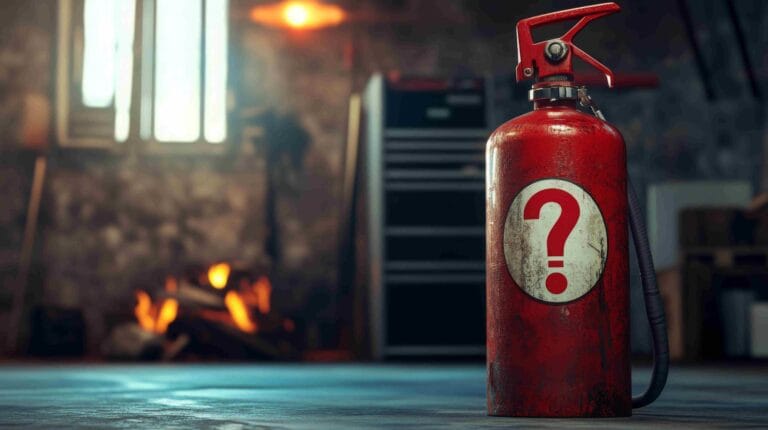
Safety Management Systems: Embedding Safety in Operations
A Safety Management System (SMS) is the structured framework that ensures safety is integrated into every level of business operations. It typically includes:
- Policy and leadership commitment.
- Risk assessment procedures.
- Training and competency development.
- Monitoring and auditing systems.
- Continuous improvement processes.
An effective SMS ensures risk assessments are not just paperwork but become part of the day-to-day culture of your workplace.
Industries That Need Process Safety Management
While every workplace must conduct risk assessments, certain industries require rigorous process safety management due to high hazard levels:
- Chemical and pharmaceutical: handling flammable, toxic, or reactive substances.
- Oil & gas: refineries, storage facilities, pipelines.
- Manufacturing and engineering: boilers, pressure systems, mechanical hazards.
- Construction: working at height, heavy machinery, complex worksites.
- Healthcare: biological hazards, infection control, medical gases.
- Food processing: combustible dust, machinery safety, temperature risks.
If your processes involve hazardous energy, substances, or equipment, process safety is not optional, it is critical.
How Often Should a Risk Assessment Be Reviewed?
The HSE is clear, risk assessments should be reviewed regularly, but it doesn’t give a fixed deadline. The general best practice is:
- Annually as a baseline.
- Immediately if there’s a significant change (new equipment, process, or staff).
- After an incident or near miss.
Think of risk assessment like car maintenance: regular servicing keeps things safe, but any unusual noise means you check immediately.
Common Mistakes in Process Safety and Risk Assessment
- Treating it as a one-off exercise instead of continuous improvement.
- Copy-pasting generic templates instead of tailoring to your workplace.
- Ignoring “minor” hazards like stress or ergonomics.
- Over-relying on PPE instead of addressing root causes.
- Not communicating results effectively with employees.
The Human Factor: Why Culture Matters
Even the best paperwork won’t keep people safe if culture fails.
- Training ensures staff know how to act safely.
- Engagement empowers workers to report hazards without fear.
- Leadership sets the tone, if directors cut corners, employees will too.
A successful safety culture blends policies and people into a shared commitment to protection and wellbeing.
How Healthscreen UK Helps Businesses Stay Safe and Compliant
At Healthscreen UK, we do not just provide tick-box assessments, we deliver tailored, sector-specific solutions for organisations.
1. Risk Assessment Services
- Step-by-step guidance on the HSE’s five-step model.
- Fire, noise, DSE, and safety-critical risk assessments.
- Documentation support to prove compliance.
2. Occupational Health Surveillance
We ensure risk assessments link directly to employee health monitoring. For example:
- Noise risk assessments feed into audiometry testing.
- Chemical exposure risks feed into lung function tests.
- DSE risks feed into ergonomic advice and training.
3. Safety Management Support
- Help designing and embedding safety management systems.
- Training for managers and employees.
- Health & safety strategy development for long-term resilience.
In short, we bridge the gap between compliance and practical action.
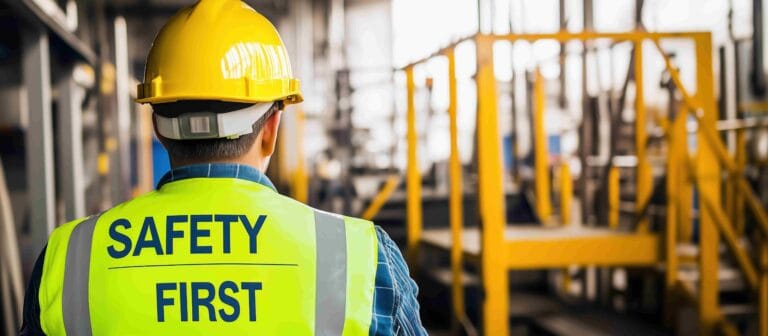
Turning Safety into Strength
Risk assessment and process safety are not about meeting legal requirements, they are about protecting your people, your reputation, and your bottom line. The most successful UK businesses see safety as an investment, not a cost. They recognise that strong risk assessments and process safety systems reduce accidents, improve productivity, and build trust.
Healthscreen UK is here to help you every step of the way, from risk identification to embedding safety culture. Together, we can make your workplace not only compliant but truly safe. Contact us today to book your workplace risk assessment and protect your team.
FAQs
1. Is a risk assessment just paperwork, or does it actually make a difference?
This is one of the biggest misconceptions. A risk assessment isn’t about filing documents to please inspectors; it is about preventing real harm. Every line in that assessment can translate into safer conditions: fewer accidents, less downtime, and healthier employees. The “paper” is proof, but the process of thinking, engaging staff, and acting on findings is where the true value lies.
2. Can small businesses skip process safety and risk assessment?
Absolutely not. Many SMEs assume risk assessments are only for big factories or construction sites. But even a small office has hazards: ergonomic strain, electrical safety, fire exits, stress risks. The HSE needs all employers, regardless of size, to complete assessments. In fact, smaller businesses often benefit the most because one accident could disrupt their entire operation.
3. Why do risk assessments fail even when companies have them?
Because they are treated as one-off, box-ticking exercises. A generic, downloaded template won’t protect anyone if it isn’t tailored to your site, your people, and your processes. Risk assessments fail when they sit in a folder instead of being lived out daily reviewed, shared, and integrated into training.
4. What’s the hidden cost of ignoring process safety?
The obvious risks are fines or prosecutions. The hidden ones?
- Insurance premiums skyrocketing after an incident.
- Reputation damage that turns away clients and contracts.
- Staff morale decline, leading to higher turnover and recruitment costs.
Often, the financial impact of just one serious accident outweighs years of investment in proactive safety.
5. How do I know if my current risk assessment is out of date?
A few red flags:
- You have introduced new equipment, substances, or processes since the last assessment.
- Staff have raised concerns or near-misses, but nothing’s been updated.
- It hasn’t been reviewed in over a year.
If any of this sound familiar, your assessment is already out of date and potentially putting your people at risk.
6. Do employees have a say in risk assessments, or is it just management’s job?
Legally, the employer is responsible, but in practice, the best risk assessments involve employees. They are the ones who live with the risks every day and often spot hazards managers overlook. Engaging staff not only strengthens safety outcomes but also builds a culture where people feel valued and heard.
7. What is the difference between a good risk assessment and a great one?
A good one ticks the legal boxes. A great one:
- Is tailored to your workplace.
- Gets reviewed and updated regularly.
- Involves employees at every stage.
- Links directly to occupational health surveillance (hearing checks, lung tests, DSE assessments).
That’s where Healthscreen UK steps in, to bridge compliance with real-world protection.


